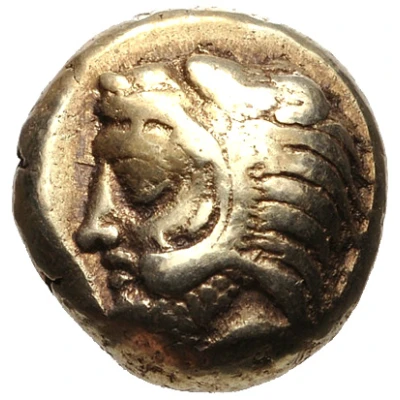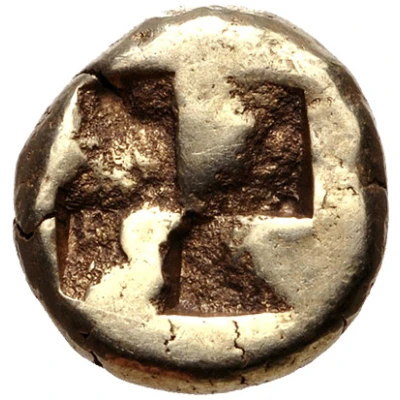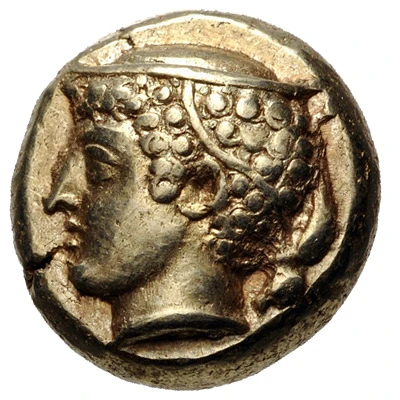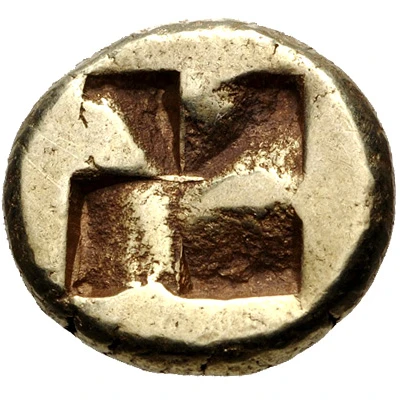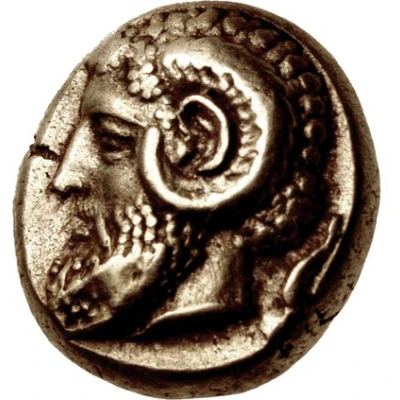
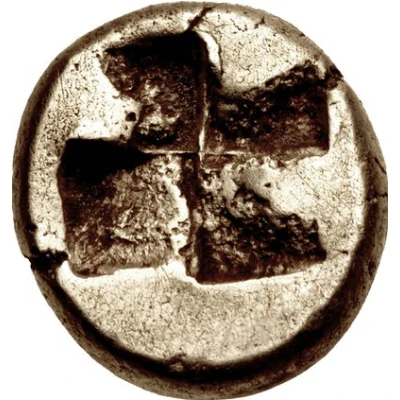

© Classical Numismatic Group, Inc.
Hekte 478 BC - 387 BC
| Electrum | 2.54 g | 10.0 mm |
| Issuer | Phokaia (Ionia) |
|---|---|
| Type | Standard circulation coin |
| Years | 478 BC - 387 BC |
| Value | Hekte (10⁄3) |
| Currency | Drachm |
| Composition | Electrum |
| Weight | 2.54 g |
| Diameter | 10.0 mm |
| Shape | Round (irregular) |
| Technique | Hammered, Incuse |
| Demonetized | Yes |
| Updated | 2024-10-10 |
| Numista | N#147949 |
|---|---|
| Rarity index | 100% |
Reverse
Quadripartite incuse square
Interesting fact
The Hekte coin was used as a form of currency in the ancient city of Phokaia, which was located in the region of Ionia (now modern-day Turkey). Despite its small weight of 2.54 grams, the Hekte was a valuable coin during its time and was widely used for trade and commerce. Its value was equivalent to about 1/6 of a standard Greek drachma, which was the main currency used in ancient Greece. The Hekte coin was made of electrum, a rare and valuable metal that was highly prized in ancient times for its durability and shiny appearance. The coin's design featured an image of a lion's head on one side and an inscription on the other, which helped to identify its value and authenticity. Overall, the Hekte coin is a fascinating piece of history that provides insight into the economic and trade practices of ancient civilizations.
